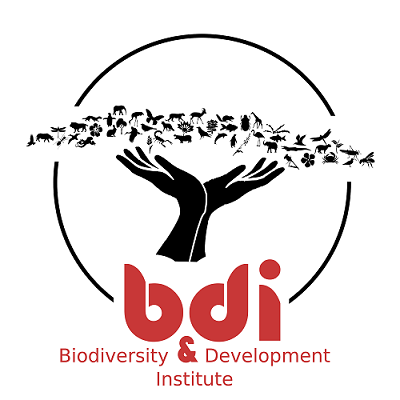View the above photo record (by Ilse Hulme) in OdonataMAP here.
Find the Painted Sprite in the FBIS database (Freshwater Biodiversity Information System) here.
Family Coenagrionidae
Pseudagrion hageni – PAINTED SPRITE
Identification
Small to Medium sized
Length reaches 46mm; Wingspan attains 58mm.
This species has a distinctly elongate appearance.
There are two distinct sub-species in South Africa. Race tropicanum has bright yellow-green thorax sides and antehumeral stripes. Race hageni has bright orange thorax sides and antehumeral stripes.
Males are most similar to Pseudagrion newtoni, but are far larger and the blue on the terminal segments does not extend up past segment 8. The two species also occupy different habitats.
Females are less distinctive but can be recognised by their elongated appearance and shaded habitat.
Click here and here for more details on identification.

Near Ixopo, KwaZulu-Natal
Photo by Ryan Tippett
Habitat
The Painted Sprite is a shade loving species. It inhabits slow-flowing parts of forested or densely wooded streams and rivers, often with a jumbled undergrowth of tall grasses, bushes, sticks and ferns etc. They are often found where the tree canopy is closed over. However they also occur at glades and clearings within this habitat, but never far from shade. Pseudagrion hageni also occurs in dark swamp forest along the KwaZulu-Natal coast.
Requires clean water, and is often found in places where the water is dark and tannin stained. Painted sprites are intolerant of turbid, muddy water.
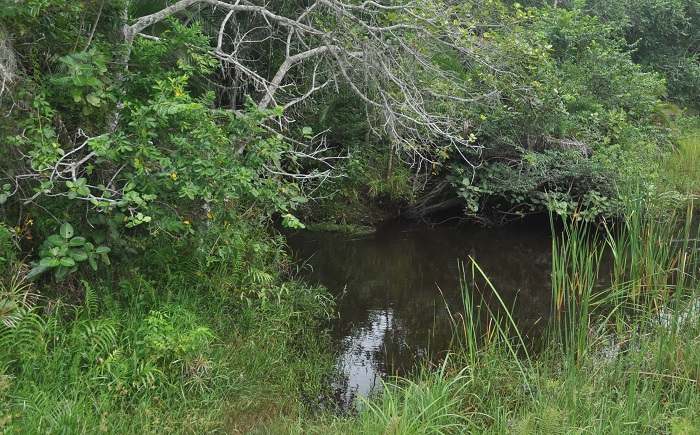
Photo by Ryan Tippett
Behaviour
Almost always found in deep shade areas where males perch on plant stems over the water. The males are conspicuous due to their bright colouration. Frequently hovers for a few seconds close to the water. The females can be found in the same area as the males but often perch higher up and further away from the water.
Most active from October to April but recorded year round at a number of sites. See Phenology below.
Status and Conservation
Pseudagrion hageni is a common but localised species. It is listed as of Least Concern in the IUCN Red list of Threatened Species. This species is moderately sensitive to habitat disturbance. It can be found at suitable man-made habitats, and in areas with some alien plants.
Distribution
Pseudagrion hageni is found from the Western Cape in South Africa to Kenya, Uganda, the Democratic Republic of the Congo and Angola.
Below is a map showing the distribution of records for Painted Sprite in South Africa. Taken from the OdonataMAP database as at February 2020.
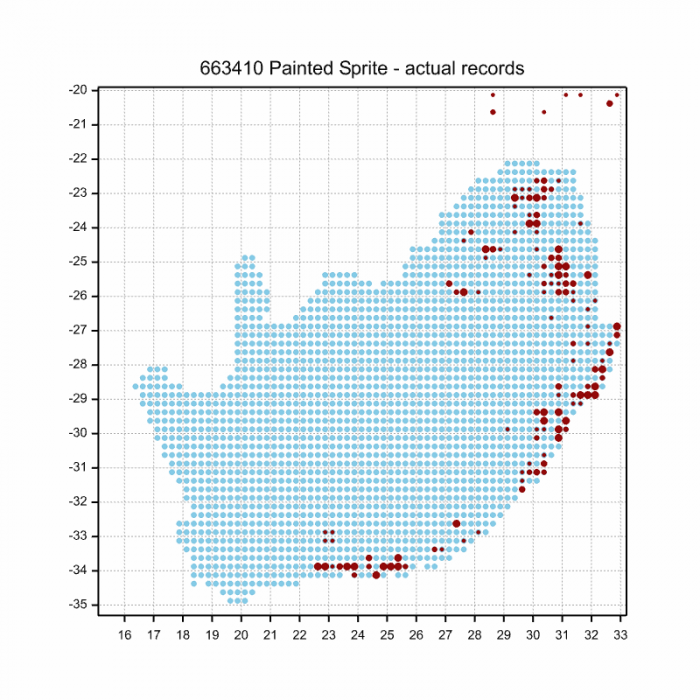
The next map below is an imputed map, produced by an interpolation algorithm, which attempts to generate a full distribution map from the partial information in the map above. This map will be improved by the submission of records to the OdonataMAP section of the Virtual Museum.
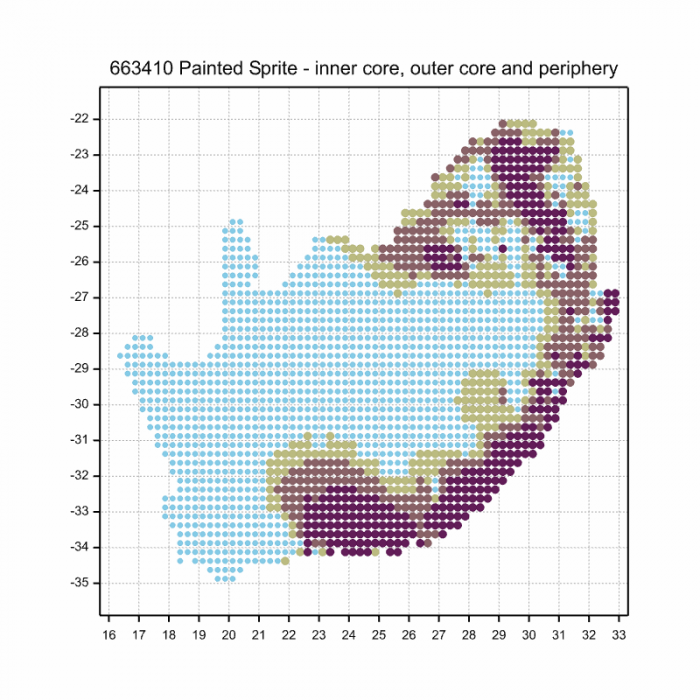
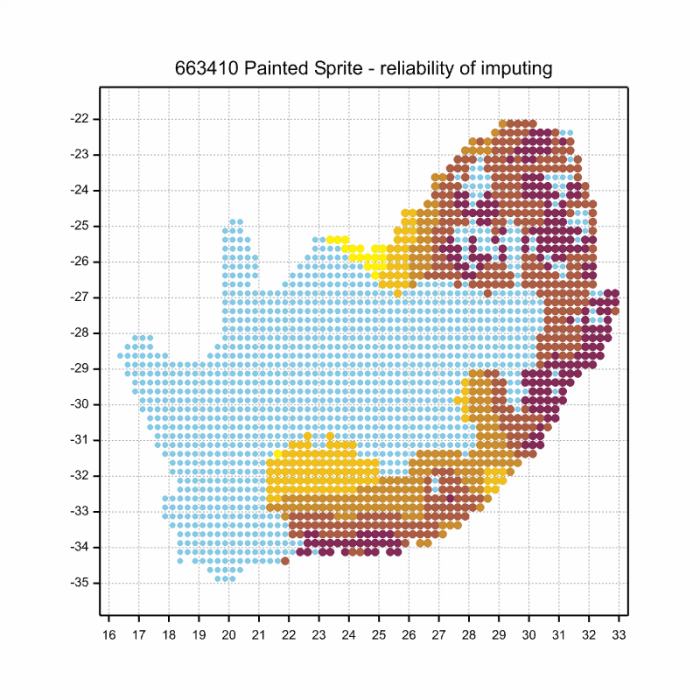
Ultimately, we will produce a series of maps for all the odonata species in the region. The current algorithm is a new algorithm. The objective is mainly to produce “smoothed” maps that could go into a field guide for odonata. This basic version of the algorithm (as mapped above) does not make use of “explanatory variables” (e.g. altitude, terrain roughness, presence of freshwater — we will be producing maps that take these variables into account soon). Currently, it only makes use of the OdonataMAP records for the species being mapped, as well as all the other records of all other species. The basic maps are “optimistic” and will generally show ranges to be larger than what they probably are.
These maps use the data in the OdonataMAP section of the Virtual Museum, and also the database assembled by the previous JRS funded project, which was led by Professor Michael Samways and Dr KD Dijkstra.
Phenology


